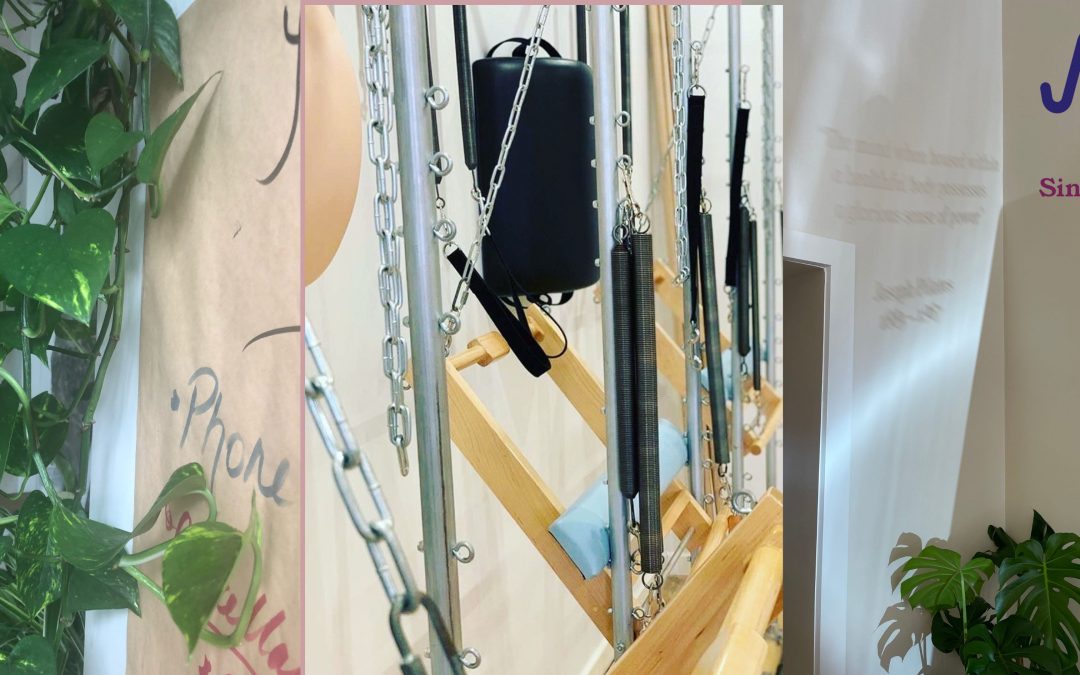Another brilliant week at our Pilates studio in North Melbourne where we looked to fortify your ‘short box’ series… a series that echoes the movement patterns of the ‘stomach massage’ series last week.
Whereas in Stomach Massage the purpose is to provide lift and space into the viscera of your lower abdomen in both hip flexion (bent legs) and hip extension (straight legs)….Short box focusses on building your range, control and strength for backbends and side bends and building your sense of adventure as you navigate into the negative space of the well of the Reformer.
Fun fact – in Joe Pilates speak, the first of the series (which we call Round back) is actually ‘back bending’. You’ll see this echoed when you’re up to the advanced version of Tree which asks those who are comfortable to execute a backbend with their arms wrapped around the frame or hand son the floor, the head looks to the wall behind and the free leg in the air flirts with three big leg circles (the mat exercise) in each direction … oh la la!
The Classical Reformer series is a bit of a call and response … Just as per Rowing, Stomach Massage and soon Knee Stretches the order starts with …
- ‘Round’ – a lifted C-curve
- Flat – your natural shape
And then moves on to
- Side bend
- Twist
- Twist and Reach
- Tree
And when you’re really going for it, we add on
- Side Tree
- Mermaid on the box
The Reformer apparatus offers you two accessories to help increase the space in your spine to embrace the range and strength required in this series, the pole and the strap.
Strap tips
Generally, pushing the lower leg down and wide into the strap and carriage leads to success … once you start you should avoid resting your feet on the metal frame. If this can’t be helped, you’ll need to fine-tune your position on the box or carriage.
Pole tips
Try the strategies below to help you increase your space in the spine and pelvis
- Push the pole up
- Pull the pole apart
- Squeeze the ends of the pole together
- Push up or pull down and try to snap the pole in the centre
Bonus pro-tip for those who use their knees to find stability…. Don’t do it, it’s fake news. Use your leg actively to find that foot to hip connection, don’t rely on locking out the knee as this may reduce your ability to articulate and move through your pelvis and lower back. Instead, you’ll need to soften your knee and find the push/pull relationship with the back of your leg into the sitting position … this will help you power up and move with ease.
Pilates and peace,
Nicholas x

